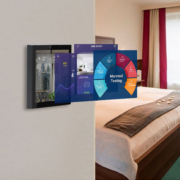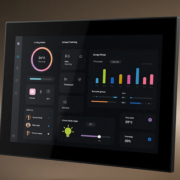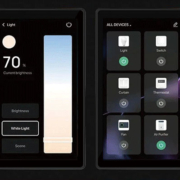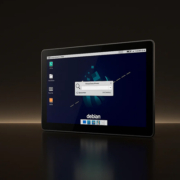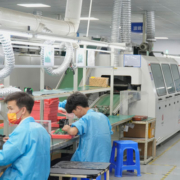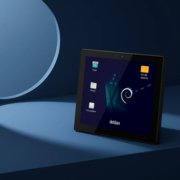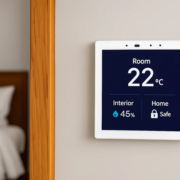What Are the Limitations of the Brilliant Plug-In Smart Home Control Panel?
The Brilliant Plug-In Smart Home Control Panel has attracted attention for its clean design and simplified integration with smart home ecosystems like Alexa, Google Assistant, and SmartThings. It’s promoted as a plug-and-play wall panel that brings a professional look without requiring extensive rewiring. However, while Brilliant’s plug-in solution offers convenience, it comes with several limitations that homeowners and installers should be aware of—especially when planning a robust, long-term smart home system.
1. Limited Customization Capabilities
While the Brilliant panel offers a user-friendly interface, it is locked into its proprietary operating system and UI design. Users cannot significantly modify the dashboard layout, automation logic, or interface elements, making it difficult for advanced users or integrators who require deep customization.
In contrast, platforms like Portworld offer Android- or Linux-based control panels that allow full UI customization, SDK access, and third-party app integration.
2. No Support for Local Processing or Offline Control
The Brilliant Plug-In Panel heavily relies on cloud connectivity to execute many of its smart functions. If your home internet connection goes down, much of the smart automation and device syncing capability is severely reduced or completely disabled. This dependency poses reliability concerns for critical tasks like lighting, security, or HVAC control.
Systems like Portworld’s smart home control panel can be configured with local processing, ensuring your automation routines and device controls remain active even during internet outages.
3. Plug-In Mounting = Limited Placement Options
Though marketed as a “plug-in” solution, it actually limits placement flexibility. Because it must be mounted near an electrical outlet and within specific height guidelines to look aesthetically pleasing, it’s not always possible to position the panel where it’s most ergonomic or functional. This can compromise usability or force awkward design compromises.
By comparison, PoE-powered Smart control panels like those from Portworld offer true installation flexibility, drawing power and network through a single cable and allowing flush wall mounting in optimal locations.
4. Device Ecosystem Restrictions
Although the Brilliant Plug-In Control Panel supports some mainstream platforms like Ring, Sonos, and Hue, its integration range is still relatively narrow. For example, many third-party devices—especially in Asia and Europe—aren’t natively supported. Advanced integrations like RS485, Zigbee variations, or Modbus are also unavailable.
Portworld’s panels, on the other hand, support multiple protocols and open APIs, making them ideal for both residential and commercial smart systems that involve a mix of devices and brands.
5. Lack of Scalability for Complex Homes
The Brilliant Plug-In Panel works well in simple setups, but it doesn’t scale effectively for larger, more complex smart homes. There’s limited support for centralized configuration, system-wide monitoring, or distributed control across multiple zones. Homeowners may quickly outgrow its capabilities as their system expands.
With Portworld, you can build scalable multi-room systems that support centralized management and multi-panel configurations with unified UIs.
6. No True Professional or OEM Custom Support
Brilliant is primarily a consumer-focused product. It lacks OEM-level support for brands looking to white-label or deeply integrate the system into larger smart solutions. For developers, this is a bottleneck.
Portworld specializes in OEM/ODM services, supporting custom firmware, branded enclosures, and long-term engineering support—making it a better fit for integrators and product developers.
Conclusion: Know Before You Install
The Brilliant Plug-In Smart Home Control Panel is an excellent entry-level solution for homeowners seeking minimal-effort smart home control with a modern aesthetic. However, its limitations in customization, integration range, scalability, and offline performance make it less suitable for power users, developers, or professionals designing comprehensive smart environments.
For a more flexible, expandable, and professional solution, Portworld’s smart home control panels—especially the 4-inch and 5-inch PoE-enabled models—offer superior control, local processing, OEM support, and full customization capabilities, ideal for today’s evolving smart home needs.

